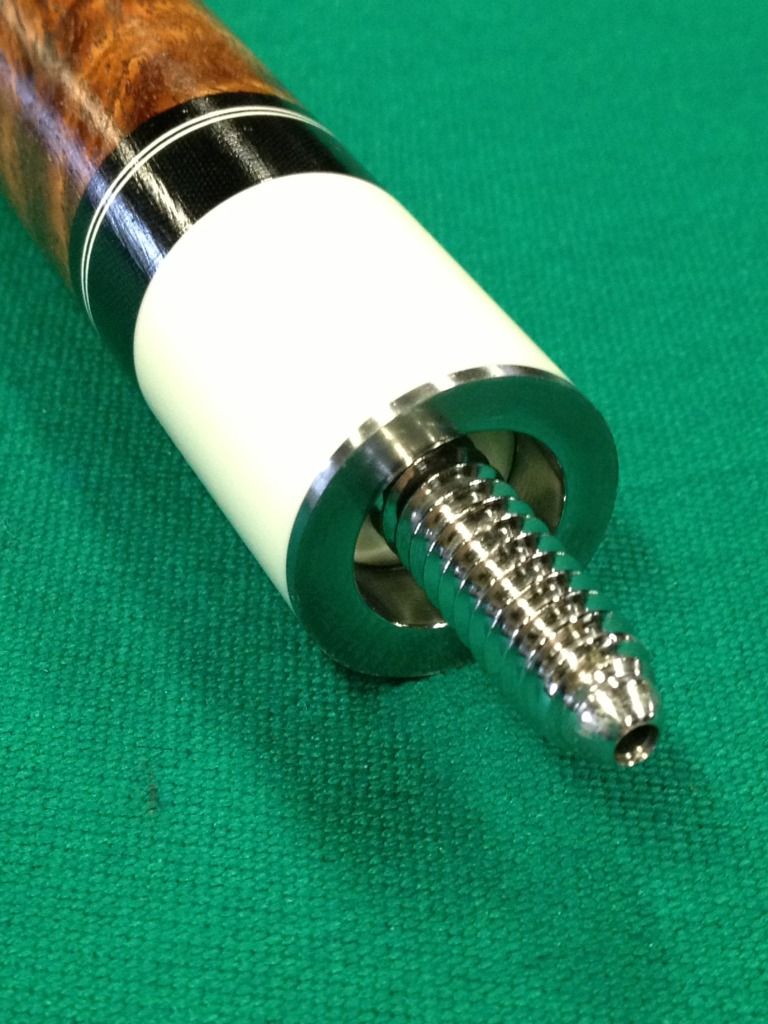When a customer asks me what's the best tip, ferrule, shaft, joint, etc., I tell them the same thing: the best is what works for you.
I understand what you're saying, and I think it's possible that you're correct when it comes to joint config. However, I think there's also a possibility that certain joint configurations are superior to others, either in terms of transmitting feel/tone or energy. I'm interested in anyone who can give a reasoned argument for or against any joint type.
The late Paul Fanelli told me he aimed to build a "quiet" cue. He didn't want to hear pings or pops or any extraneous feedback. Knowing that he took a very holistic approach to cue building, I assume that his joint config (3/8-10 flat faced) was incorporated in part to achieve the "hit" he's looking for in his cues. It's no surprise that of the dozen or so Fanelli's I've hit with, they all retained that quiet, solid feel.
Now I don't know how much, if any, the role of the joint played in his cues. I do know that I desire a more "lively" hit, and that the cues I gravitate toward turn out to be either piloted ivory or steel. When done right, they generate a "pop" or "ping" unlike any flat-faced cues I've played with. I could be completely wrong, but in any event I'm very interested in the topic.
I apologize for my rude post. It was off the cuff for sure.
-roger
